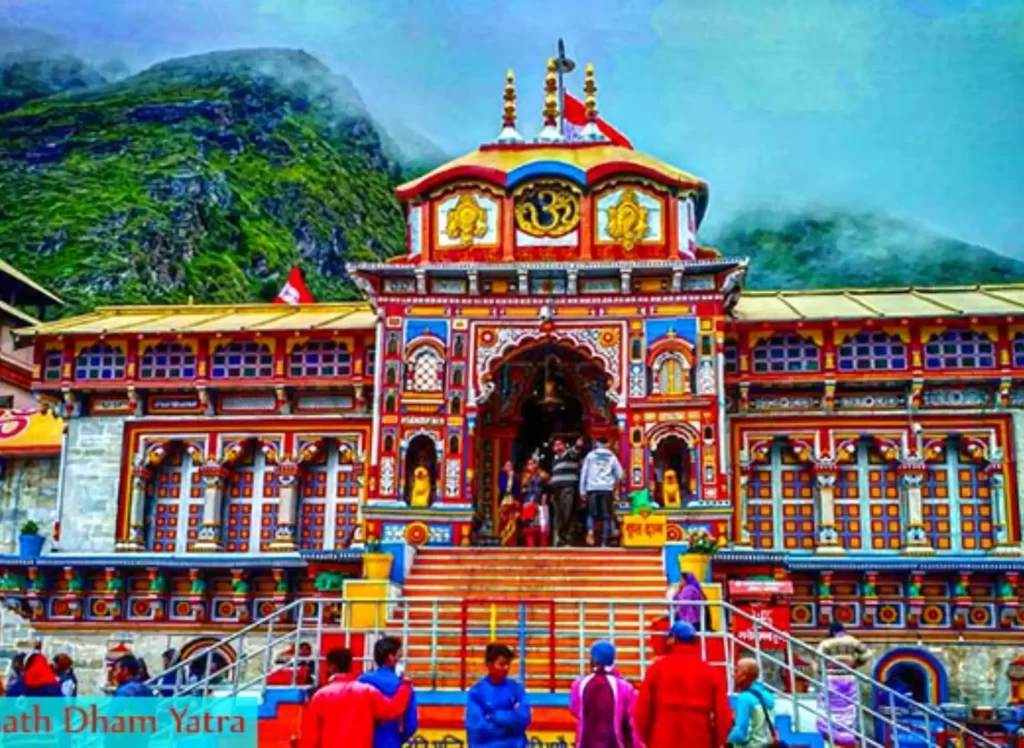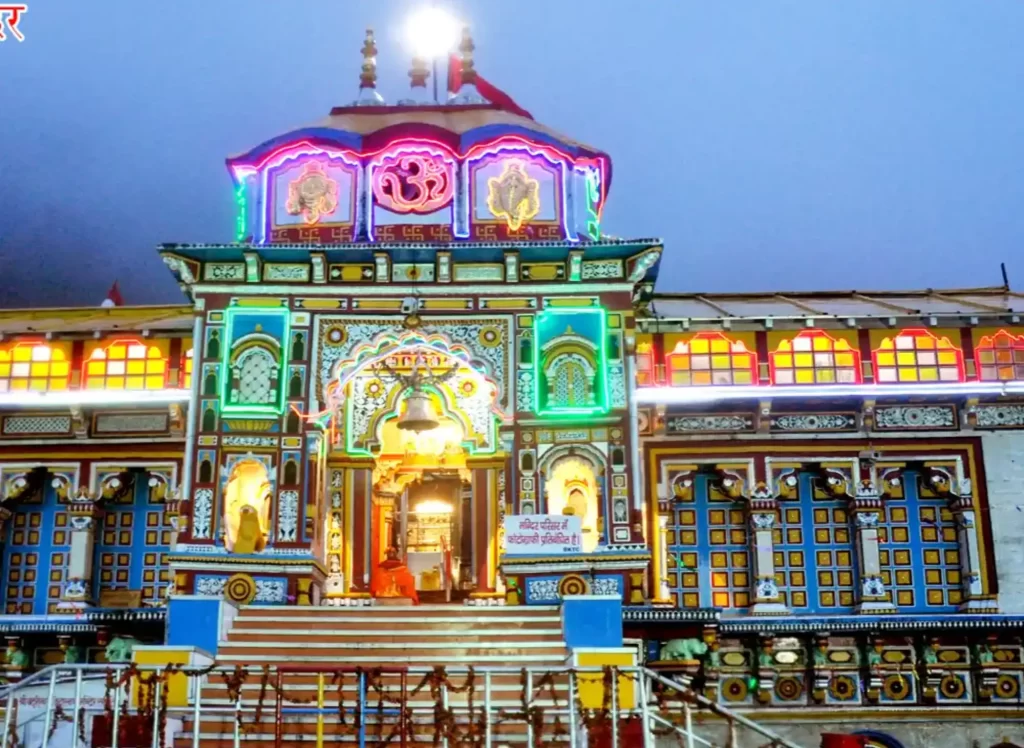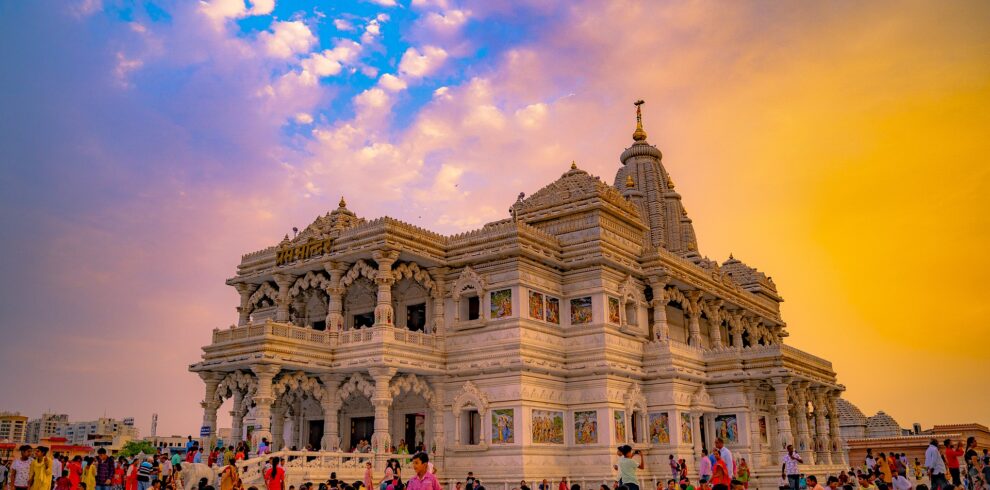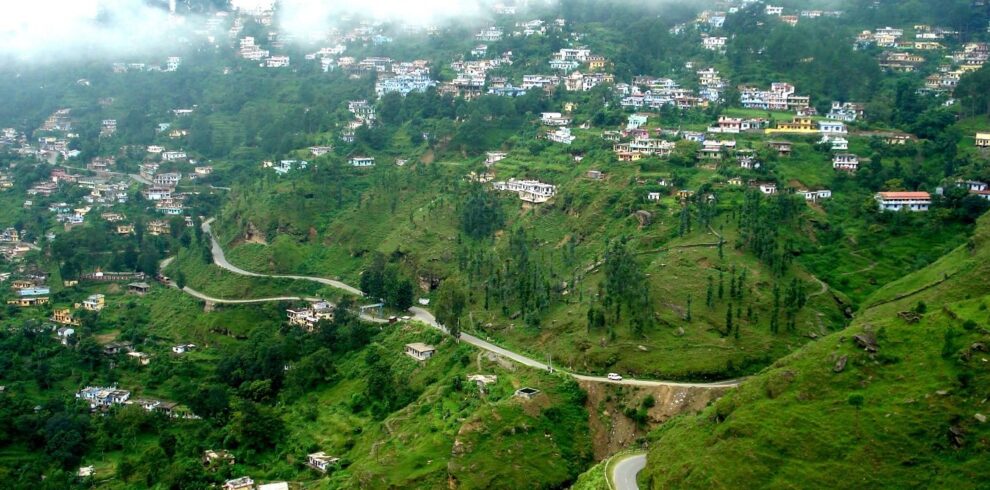Nestled amidst the majestic peaks of the Garhwal Himalayas in Uttarakhand, India, Badrinath tour is a revered pilgrimage site steeped in myth, legend, and spirituality. As one of the Char Dham pilgrimage destinations, it holds a special place in the hearts of millions of devotees who flock here seeking blessings and spiritual rejuvenation. A journey to Badrinath tour is not just a physical voyage; it’s a soul-stirring odyssey that offers a glimpse into the divine and a chance to connect with the eternal.
Introduction to Badrinath:Badrinath tour , situated at an elevation of 3,133 meters (10,279 feet) above sea level, is surrounded by snow-capped peaks, verdant valleys, and the gushing waters of the Alaknanda River. The town’s pristine beauty and serene ambiance make it an ideal destination for spiritual seekers and nature enthusiasts alike.
Legend and Mythology:
According to Hindu mythology, Badrinath tour is closely associated with Lord Vishnu, the preserver of the universe. Legend has it that Lord Vishnu performed rigorous penance here, standing on one leg for thousands of years under a Badri tree, hence the name Badrinath. The town is also mentioned in various ancient scriptures and epics, including the Mahabharata and the Skanda Purana, further adding to its religious significance.
The Badrinath Temple:
The centerpiece of Badrinath tour spiritual landscape is the Badrinath Temple, dedicated to Lord Vishnu in his form as Badrinarayan. Built in the traditional Garhwali style of architecture, the temple features a tall shikara (spire) adorned with intricate carvings and sculptures. The sanctum sanctorum houses the sacred idol of Lord Vishnu, made of black stone and seated in a meditative posture.
Rituals and Offerings:
Devotees visiting the Badrinath Temple participate in a variety of rituals and ceremonies to seek the blessings of Lord Vishnu. These include performing abhishekam (ritual bathing) of the deity with milk, honey, ghee, and water, as well as offering flowers, fruits, and other auspicious items. The temple priests conduct daily puja (worship) and aarti (rituals of light) to honor the deity and invoke his blessings for the well-being of devotees.
Mana Village:
Near Badrinath lies Mana, the last village on the Indian side of the Indo-Tibetan border. Mana is steeped in mythology and folklore, with several sites of religious and cultural significance, including the Vyas Gufa (cave) where the sage Vyas is said to have composed the Mahabharata, and the Bhim Pul, a natural rock bridge believed to have been built by the Pandava prince Bhima.
Charan Paduka:
A short trek from Badrinath tour leads to Charan Paduka, a rock bearing the footprints of Lord Vishnu. According to legend, Lord Vishnu’s footprints were imprinted on this rock when he descended from heaven to bless the earth. Pilgrims visit Charan Paduka to pay homage to the divine and seek blessings for prosperity and spiritual upliftment.
Tapt Kund:
Tapt Kund is a natural thermal spring located near the Badrinath tour Temple, known for its medicinal properties and religious significance. Devotees take a holy dip in the warm waters of Tapt Kund before visiting the temple, as it is believed to purify the body and soul and wash away sins.
Exploring the Surrounding Landscape:
Beyond its religious attractions, Badrinath tour offers breathtaking vistas of the Himalayan landscape, making it a paradise for nature lovers and adventure enthusiasts. Visitors can embark on scenic hikes, explore alpine meadows, and marvel at the cascading waterfalls that dot the region. The tranquil ambiance and pristine beauty of Badrinath provide the perfect setting for introspection, meditation, and spiritual contemplation.
Accommodation and Facilities:
Badrinath offers a range of accommodation options to suit every budget and preference, including guesthouses, dharamshalas (pilgrims’ rest houses), and luxury hotels. Basic amenities such as food, water, and medical facilities are readily available, ensuring a comfortable and hassle-free pilgrimage experience for visitors.
Best Time to Visit:
The best time to visit Badrinath tour is during the summer months of May to June and the early autumn months of September to October, when the weather is pleasant and conducive to travel and sightseeing. It is advisable to avoid visiting Badrinath during the winter months, as the region experiences heavy snowfall and extreme cold temperatures.
Conclusion:
A pilgrimage to Badrinath tour is a transformative experience that touches the heart and soul of every devotee. As pilgrims immerse themselves in the divine aura of the temple, surrounded by the majestic Himalayas and the sacred waters of the Alaknanda River, they are reminded of the eternal presence of the divine in their lives. Whether seeking spiritual enlightenment, seeking solace in the lap of nature, or simply embarking on a journey of self-discovery, Badrinath tour offers an unforgettable experience that nourishes the body, mind, and soul.





